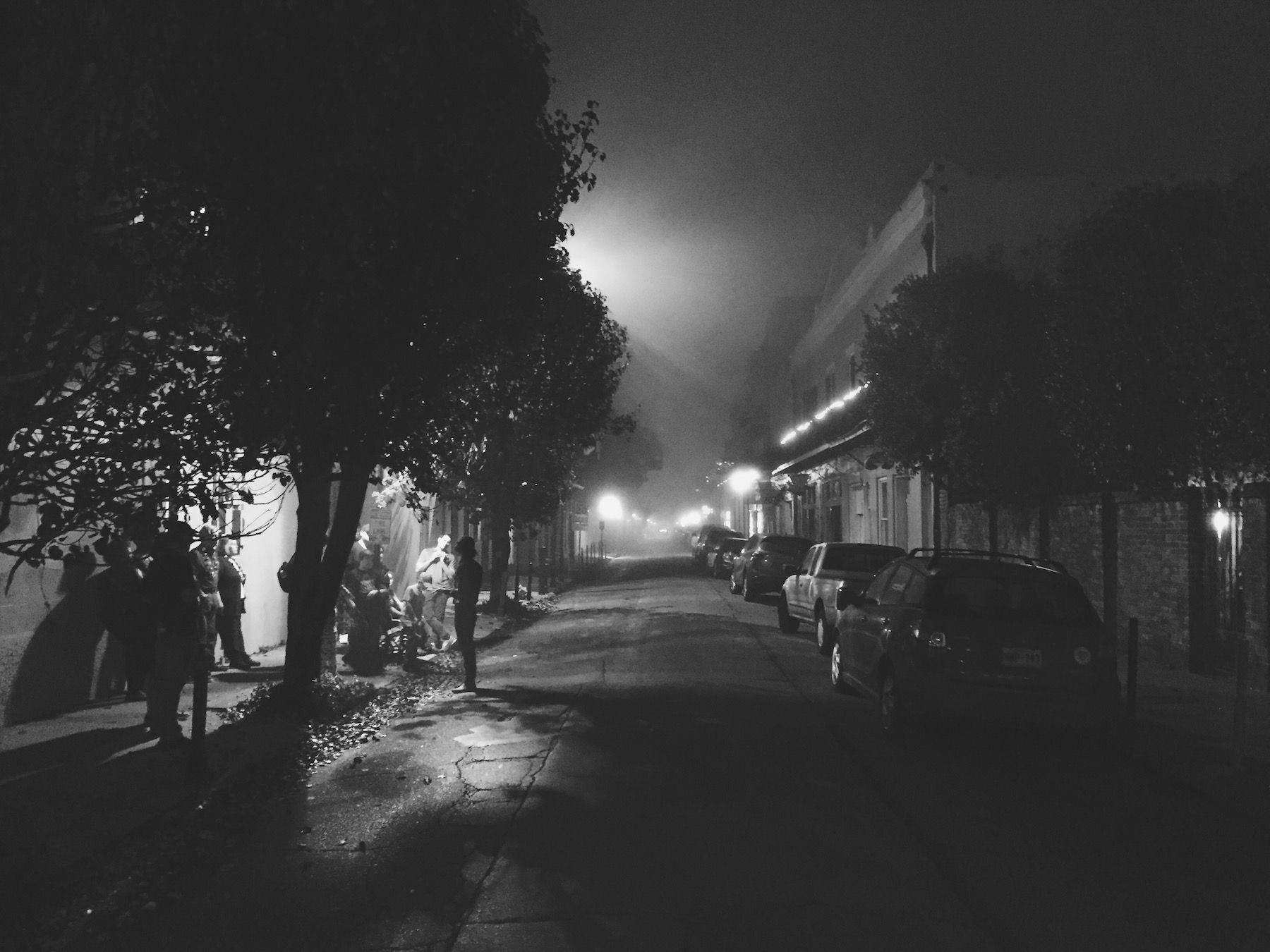Happy Holidays from New Orleans. As you may know, we do a family trip around this time every year, but I was feeling largely “traveled out” after this summer in Asia. So I suggested we do a road trip instead.
I want to pick up where I left you last week, with the questions of, What is independence? and What does it mean to be an independent artist? I think the story we typically tell ourselves about independence is this: Artists, working outside of the established systems backed by large corporations, are able to produce more creative and truer-to-vision work – work that would otherwise be watered down by committees and bureaucracy, or that doesn’t neatly fit into the establishment’s neatly defined boxes.
We see many examples that seem to confirm this – of literature, films, music originally deemed unpublishable, that later become cult classics simply through word of mouth. But it doesn’t take much examining to see that there’s a survivorship bias happening here; what we don’t see is all the art made outside the system that never catches on, or doesn’t say anything new or in a new way, or that doesn’t serve the artist’s vision or development (or however you define artistic success).
The trouble with our myth of the independent artist is that it ignores the differences between individual human beings. It implies that A is only possible through B for every single person, and overlooks the fact that for some artists, the guidance and structure of an established system is necessary for their art. There are even some artists whose very art involves challenging those same boundaries.
Let me ask you this: Is Kanye West an independent artist?
Technically he’s not – his albums have come out through labels that are subsidiaries of the largest music corporations in the world. But by another definition of independence, by the measure of wielding creative freedom to produce original, meaningful work, I’d say that he’s one of the most independent artists out there. I’d say that these very systems he’s plugged into enrich his work, allow him to do things he would otherwise not be able to do. He’s not an Independent Artist, but he’s an independent artist.
The same year I gave my talk at XOXO, Christina Xu gave a talk about the motivations behind her company, Breadpig, which acts as a “sidekick-for-hire”, helping independent creators with things ranging from advice and best practices to handling shipping and fulfillment. “Independence is lonely,” she said. Just because you’re able to do everything yourself, doesn’t mean you should, or necessarily want to. Her company was there to make it a little less lonely.
To look at it a different way: Companies like Breadpig are providing a-la-carte for independent artists what traditional publishers offer as a set menu. This is a great thing, but it also shows another aspect of the myth of independence: Independence doesn’t necessarily mean you have a frictionless channel between author and reader. Independence has its own systems, its own gatekeepers. Instead of working with agents or publicists, you’re working with the sales rep at the printer, or the approval process at Kickstarter, or InDesign or e-pub formatting guidelines set by an international committee. These kinds of things vary depending on the industry, but my point is that even by doing what is considered the independent thing, you’re beholden to a set of systems. Part of the myth of independence is that it’s somehow more pure, and unencumbered, that the artist has ultimate creative control. The reality is that it’s just a different set of systems with their own constraints, and biases. These biases start to show when independence becomes indie – when it becomes more of an aesthetic.
Make no mistake: it’s a great thing that we have alternative systems. We need more of them. They support art that would otherwise go unseen, unnoticed. Without them, and knowing that they existed, I might not have even finished my first book. What I want to emphasis, though, is that these alternative systems have their own kinds of rigidity, and that rigidity in both these and traditional systems, up to a certain point, is an indication of health and resilience. An indication that there are enough people practicing for there to be best practices.
That’s it for this week. I realize I still haven’t exactly answered that question of What is independence? – only tried to show some of the things it’s not. I’m going to go eat some beignets now.
